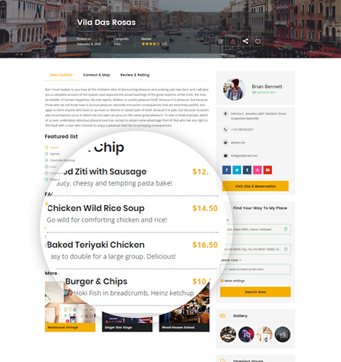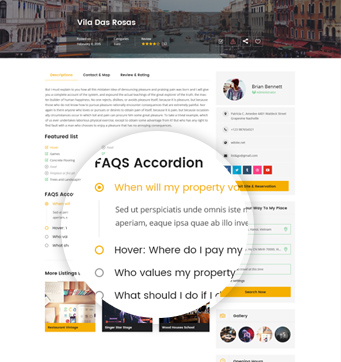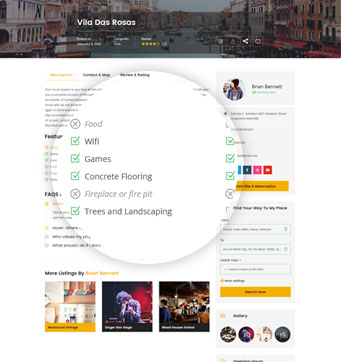How to: Painting a Clan Wolverine Scheme
Painting a Clan Wolverine Scheme
The Not-named: A Guide to Painting Charlie Sheen’s Favorite Clan
Greetings, and welcome to another of 00Dawg’s guides to doing something involving a BattleMech miniature, plus some paint. Today, we look at a Clan’s most common paint scheme. In this case, it’s one that has never been seen before, and since you’re all salivating, I’ll drag this out for a few words longer, and then finally give in. That’s right, it’s Clan Wolverine.
The iconic scheme for the Wolverines is as follows:
“Medium blue with significant white markings and gold highlights.”
That these happen to be the colors of Calumet High School in the movie we all know and love is entirely a coincidence. Seriously. Meanwhile, there are other schemes in use by the Wolverines, which I’ll mention at the end of this article. Gotta give y’all a reason to keep reading, you know?
Anyway, for this project I selected the Stag miniature from IWM, and due to reasons mostly to do with aesthetics, I chose to make the Stag 2 loadout.
For those who use Vallejo paints, I used the following to paint ‘er up:
Basecoat:
Ultramarines Blue, Gold Yellow, Bone White
Main Color:
Magic Blue, Sun Yellow, Off White
Final Highlights:
Electric Blue, Moon Yellow, Dead White
For the joints and weapon barrels:
Gunmetal, Chainmail Silver, Black Ink, Thinner, Hammered Copper
For Jeweling:
Black, Dark Green, Livery Green, Gory Red, Bloody Red, Dark Blue, Electric Blue, Orange Fire, Dead White
Step 1:
After removing any mold lines and flash, I assembled the Stag, glued it to a hex base, and sprayed it with a white primer. Unfortunately, it appears that the antennae included in the package have a tendency to not pull cleanly from the sprue, and some of mine were already broken off. With this in mind, I felt it was important that they somewhat match the art for the miniature in length differences. From the art, the ones in the middle of each group should be the more diminutive. So, I clipped them a bit shorter than you may be able to get away with if all your parts come intact. Be careful, as they can be sharp. The drop at the bottom of the picture is a single tear. I already cleaned off the blood.

To give you a little bit clearer picture on the assembly of the lasers, here’s a different angle. Looks like I have some primer “threads” to clean off below the waist.

Step 2:
I’m not a wash guy in general. I usually manage to just create more work in using them than I save. Might be because I try to make my own and just aren’t a good mad scientist. Anyway, I generally start by basecoating with a darker shade than what I want the main color to be. I do that for all areas. In this case, that means Ultramarines Blue for the main body and Bone White for the white portions. Since the scheme description doesn’t specify metallic gold, I will use Gold Yellow for the yellow portions. Gun barrels get Chainmail Silver, while joints get Gunmetal Metal. I know, that last seems backwards; it’s a personal preference thing.
Important note: the Vallejo website shows the Ultramarines Blue as lighter than Magic Blue. That wasn’t the case in the set I bought. Make sure to look at your paints before you use them.
Here’s a pic where I’ve added the Ultramarines Blue basecoat:

And here’s one where I’ve added the rest of the basecoat colors:

Apologies for the lighting. Notice that I’ve rubbed off the paint in a few places where fingers like to touch. I find that I can’t make myself hold onto the hexbase all the time. Just can’t. I’ll repair these places later.
Step 3:
In this step we add the layer that is most important for getting a good solid look of color.
But first I want to show the one item type where I do use a wash: weapons barrels and joints. Look at the PPC barrel, where I’ve left some areas uncovered: I used a 1:1 mix of thinner and black ink, and as you can see in the picture, it makes a definite difference, breaking down the shine and giving the metal a much more “used” look. I’ll cover up the areas I left off, then do the same thing to the rest of my metallic surfaces.

Now, back to the rest of the body. We don’t want to lose the nice depth that our basecoat provides: that means carefully painting with our main color (for me, Magic Blue for the most part) while avoiding cracks and areas where no light would hit.
In the picture below, you can see where I have started painting the ridges below the waist with Magic Blue, and the top of the kneecap with Sun Yellow.

I use Off White for the main white color. Some people prefer pure white at this step, but I find that pure white doesn’t photograph very well, so I save it for the final highlights.
During this step, you should be using your main color for each section to clean up any spillover. Looks like I have some on the upper right leg. Also, don’t be afraid to use your basecoat to fill back in any cracks you may have missed. I have one around the yellow highlight on the left wrist that needs work.
Once you’ve finished this step, you can add colors to the weapons barrels and cockpit, some basing material, and hit the table. Don’t be afraid to use black for weapons ports and cockpit glass. A dab of gloss coat over black makes for a great tabletop look. On the other hand, if you want something for display quality, keep reading.
Step 4:
In the final step, I add selected highlights of Electric Blue, Moon Yellow, and Dead White. Where possible, I use thin, watered-down layers to help ease any transition. Vallejo paints have a tendency to separate, which actually comes in handy during this step; no need to add water for some colors.
After I finish all my highlights, I jewel my weapons: red for the medium lasers, green for the smalls, and blue for the PPC. The cockpit gets an Orange Fire-based jewelling using Savage Coyote’s method.
As a final touch, I add a bit of Hammered Copper to the end of the PPC barrel, and then base. I use Galeria Modeling Paste I buy at Hobby Lobby, and once dry, paint it to resemble whatever terrain I feel like at the moment. This is the finished product:

I must say I’m pretty pleased with how he came out. Hopefully you feel the same way.
Now, for those other tidbits about Wolverine schemes that I promised:
“Some equipment still bears SLDF colors, adding a small amount of blue, white, and gold where practical.”
“Another Wolverine scheme reverses the yellow and blue of the iconic paint job, and changes white for black.”
”When they are used, yellow stars serve as kill markers.”
There, now you have plenty to play with. Happy painting!




